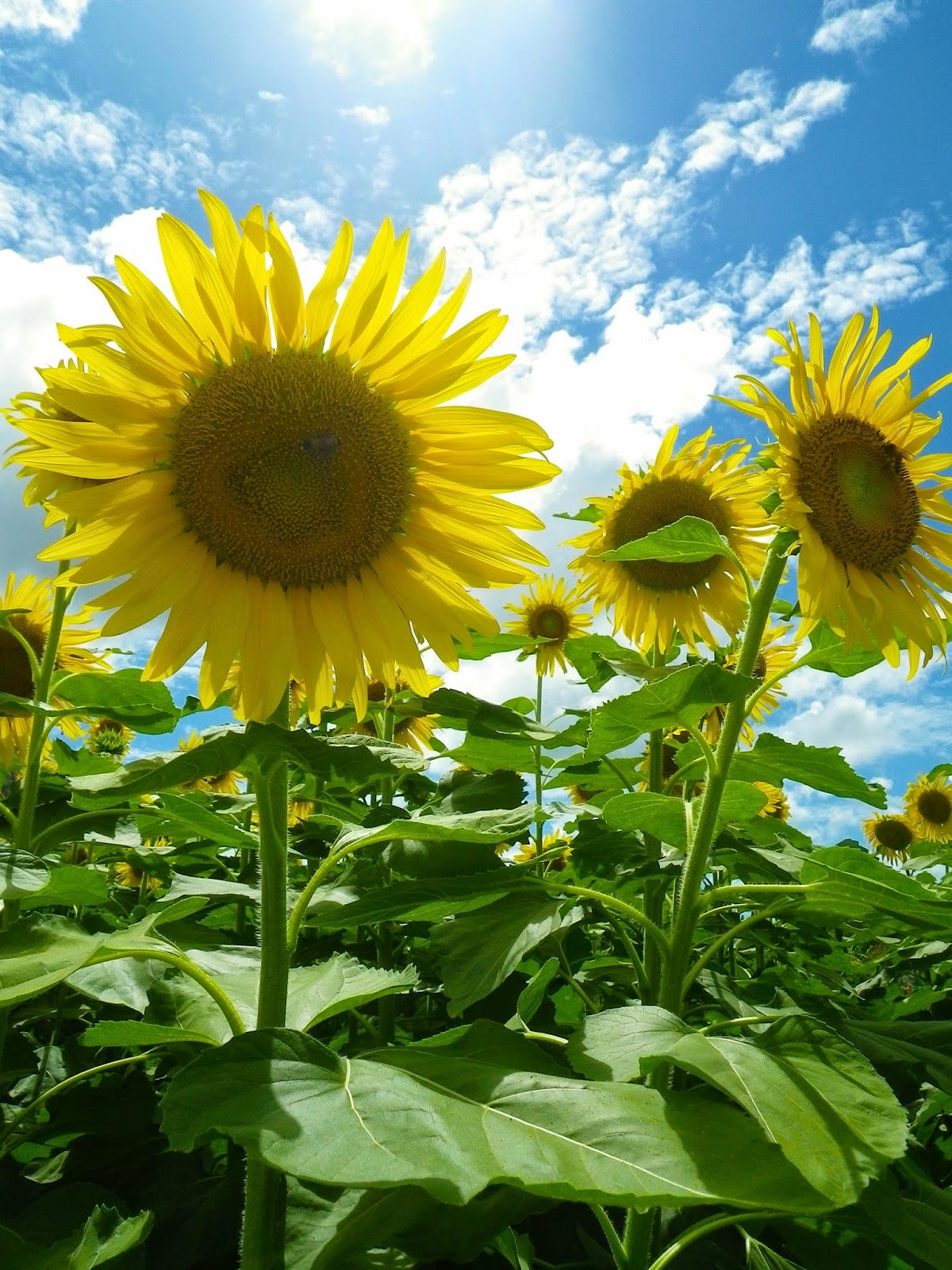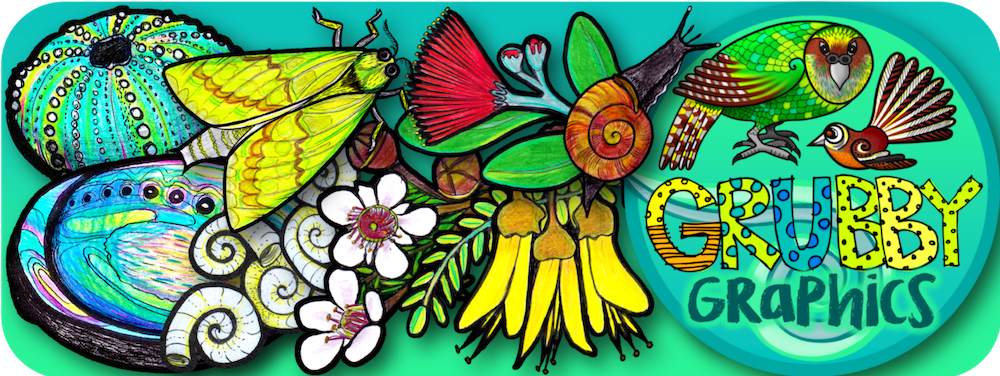
These bright easy to grow flowers have all sorts of intriguing qualities…..
COOL FACTS ABOUT SNAPDRAGONS:
- The name ‘Snapdragon’ (also sometimes known as the dragon flowers) comes from their supposed resemblance to a dragon’s head. In Asia, snap dragons are called “rabbit’s lips”, and in Holland “lion’s lips!”
- They are native to the rocky areas of Europe, the United States and North Africa.
[2] SUNFLOWERS
Things that grow quickly and end up taller than yourself are always impressive, so sunflowers are definitely on the list…
FUN SUNFLOWER ACTIVITIES:
- Plant your seeds in a circular pattern – when they’re fully grown you’ll have a hut! (you might need to provide some supports)
- When the sunflower head has dried, carefully brush off the florets to reveal the seeds. If you’re really careful, you can make a pattern (maybe a face or your initials) while removing the florets.
- Removing the seeds with a pair of tweezers is also a fun fine motor skill challenge that will keep a little one busy for ages!
- You could use some of your seeds in a home made bird feeder (they love sunflower seeds)
In the photo (above left) you can clearly see all the tiny individual florets that make up a sunflower head (with the white seeds underneath). The photo on the right shows the sunflower seeds being removed from the flower head.
COOL SUNFLOWER FACTS INCLUDE:
- If you look really closely at a sunflower, you’ll find that the single flower head is actually made of many tiny flowers called florets! When viewed together these central florets create a “false flower”. This design helps pollinating insects and birds to easily see the sunflower. Each little floret will turn into a seed.
- The stem of a sunflower can grow up to 3 m (10 ft) tall and the flower head can be 30 cm (11.8 in) wide.
- The florets in the sunflower are arranged in an interconnecting spiral pattern (the number of left and right spirals are consecutive Fibonacci numbers)
- There are two kinds of sunflower seeds – black and striped. Sunflower oil (which is used in cooking and margarine) is made from black seeds, and snack food is made from the striped seeds.
- The sunflower is native to the America’s and was used extensively by Native American Indians (for food, as oil, in bread, for medicinal purposes, dyes and body paints).
[3] NASTURTIUMS
These flowers are bright, easy to grow and edible! The large seeds are also easy for little hands to sow.FUN NASTURTIUM ACTIVITIES:
- Did you know every part of the plant is edible? Leaves, stalks, seeds and flowers! The addition of flowers to your salad (or straight off the plant) is always a good talking point, and the kids love the drama of daring each other to try the peppery/water cressy flavour (and all the shrieking and hilarity that this causes…!) Young tender leaves are less peppery than older ones.
- You can even use green nasturtium seeds and pods as a substitute for capers – pop a few onto your next pizza!
- If the peppery flavour is not to your taste, show your children how to nibble the end of the tube at the back of the flower and suck out the sweet nectar – yum!
- Nasturtiums are good climbers – make a tee-pee shape out of old sticks and let the plant grow over it to create a hut.
- Make nasturtium flower butter by mixing a handful into some softened butter. Chill in the fridge before using
COOL FACTS INCLUDE:
- Bumblebees and honey bees love immersing themselves inside the deep nasturtium blossoms, so keep a careful eye out when picking or eating.
- Nasturtiums are named after the Latin term for watercress because of their peppery flavour.
- The leaves are high in vitamin C and iron and have strong antibacterial qualities. The flowers contain B vitamins and lots of other beneficial nutrients.









